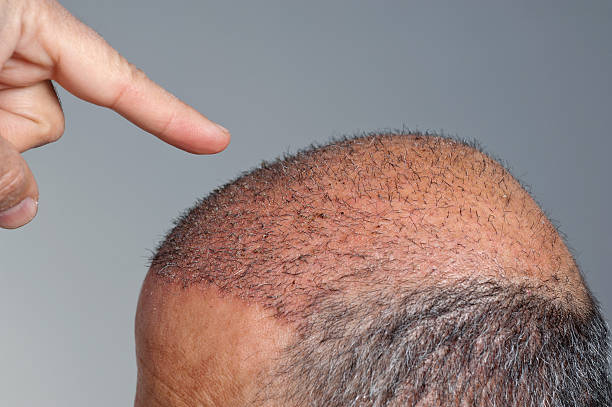Nurturing Nature: The Science and Art of Hair Transplantation
Hair, the crowning glory of one's appearance, can have a profound impact on self-esteem and confidence. Losing it, therefore, can be a distressing experience for many. Hair transplantation has emerged as a popular solution to combat hair loss, blending the realms of science and aesthetics. This article delves into the history, current relevance, trends, and unique insights into the art and science of hair transplantation.

The Historical Backdrop of Hair Transplantation
Hair transplantation has a rich history, dating back to the late 19th century. The first recorded instance of hair transplant surgery was in 1897 when Dr. Menahem Hodara, a dermatologist in Ottoman Empire, used a scalpel to transplant hair from a healthy area of the scalp to a balding area. This rudimentary procedure marked the genesis of hair transplantation.
The process evolved significantly in the mid-20th century, when Dr. Norman Orentreich, a New York dermatologist, performed the first successful hair transplant surgery in the United States in 1952. His work established the concept of “donor dominance,” which suggests that hair follicles transplanted from a non-balding area would retain their characteristics even when moved to a balding area.
Modern Techniques and Developments
Modern hair transplantation has come a long way since Dr. Hodara’s and Dr. Orentreich’s times. Today, the most common techniques are Follicular Unit Transplantation (FUT) and Follicular Unit Extraction (FUE).
FUT involves removing a strip of scalp with hair from the back of the head, dissecting it into individual follicular units, and transplanting these units to the balding areas. FUE, on the other hand, involves removing individual hair follicles from the scalp and transplanting them directly to the balding areas. FUE is less invasive and leaves no linear scars, making it the more popular choice in recent years.
The Impact of Hair Transplantation on Society
Hair transplantation has had a significant societal impact. It has helped millions of people worldwide regain their hair and, in turn, their self-confidence. The psychological benefits of hair transplantation are often understated, but they contribute significantly to the overall well-being of individuals suffering from hair loss.
The Reception and Perception of Hair Transplantation
Hair transplantation has seen a change in perception over the years. Initially viewed with skepticism, it is now widely accepted and sought after as a viable solution for hair loss. This shift can be attributed to advancements in the field that have improved the naturalness and density of transplanted hair, thus reducing the stigma associated with having a hair transplant.
However, the industry is not without its critics. Some argue that hair transplantation promotes unrealistic beauty standards and encourages unnecessary medical procedures. Others express concern about the risk of complications, such as infection or scarring.
Unique Insights into Hair Transplantation
While much is known about the technical aspects of hair transplantation, certain unique insights remain underexplored. For instance, the role that hair characteristics, such as color and texture, play in the success of a hair transplant is an area ripe for further investigation. Research suggests that hair characteristics can influence the visibility of hair loss and the perception of hair density, affecting the outcome of a hair transplant.
Another intriguing aspect is the ethical considerations surrounding hair transplantation. While it can improve self-esteem and quality of life, it also raises questions about the commodification of appearance and the societal pressure to conform to certain beauty standards.
The Art and Science of Hair Transplantation: Striking a Balance
Hair transplantation is a fine balance between art and science. On the one hand, it requires surgical precision and a deep understanding of hair growth patterns and follicle biology. On the other, it demands an artistic eye to design a natural-looking hairline and achieve a balanced distribution of hair.
In conclusion, hair transplantation has evolved significantly over the years from a rudimentary procedure to a sophisticated blend of art and science. Its impact on societal perceptions of hair loss and the potential for further exploration in the field make it a compelling topic in the realm of skin and hair care. Despite its critics, hair transplantation continues to provide a beacon of hope for those battling hair loss, offering a path to renewed self-confidence and an improved quality of life.




